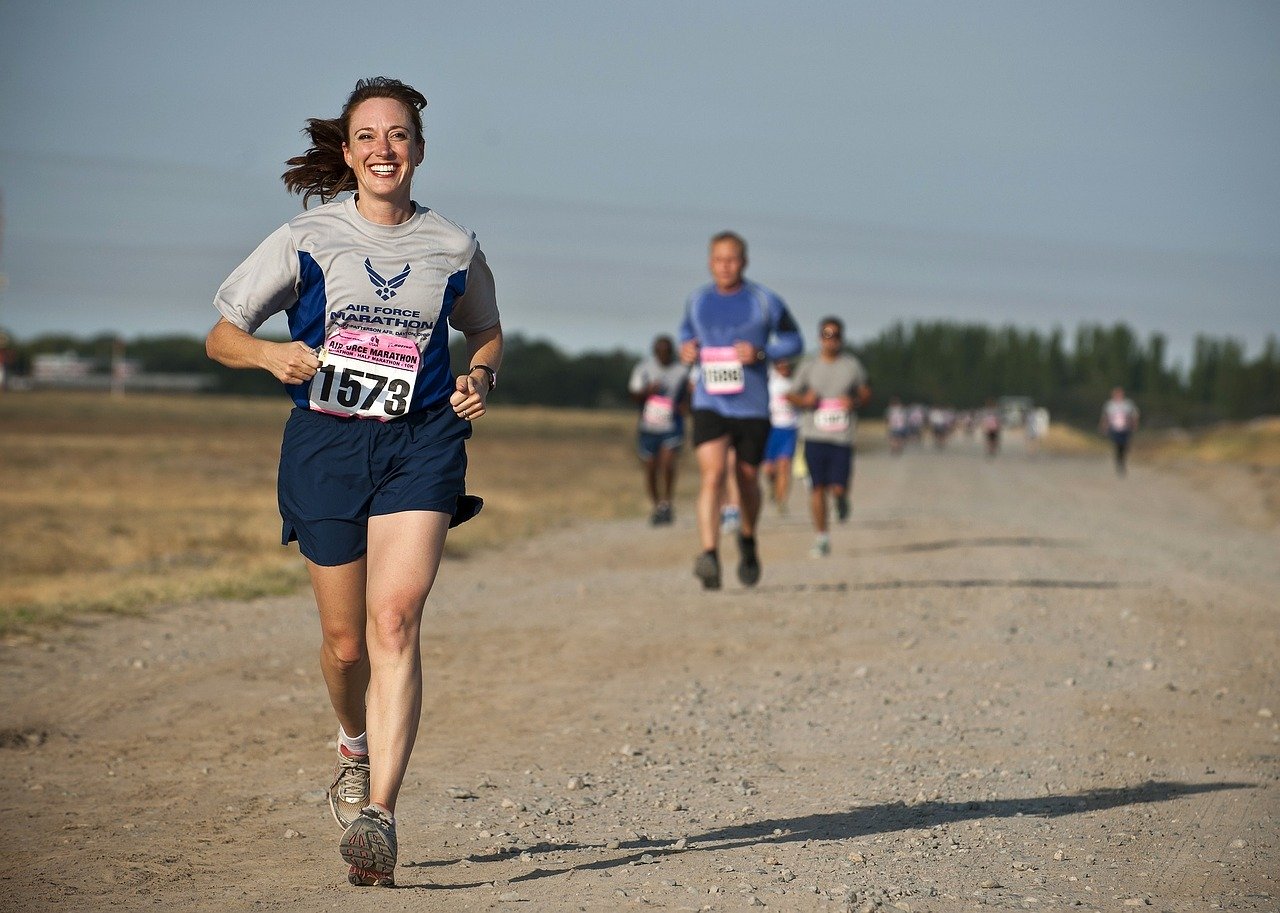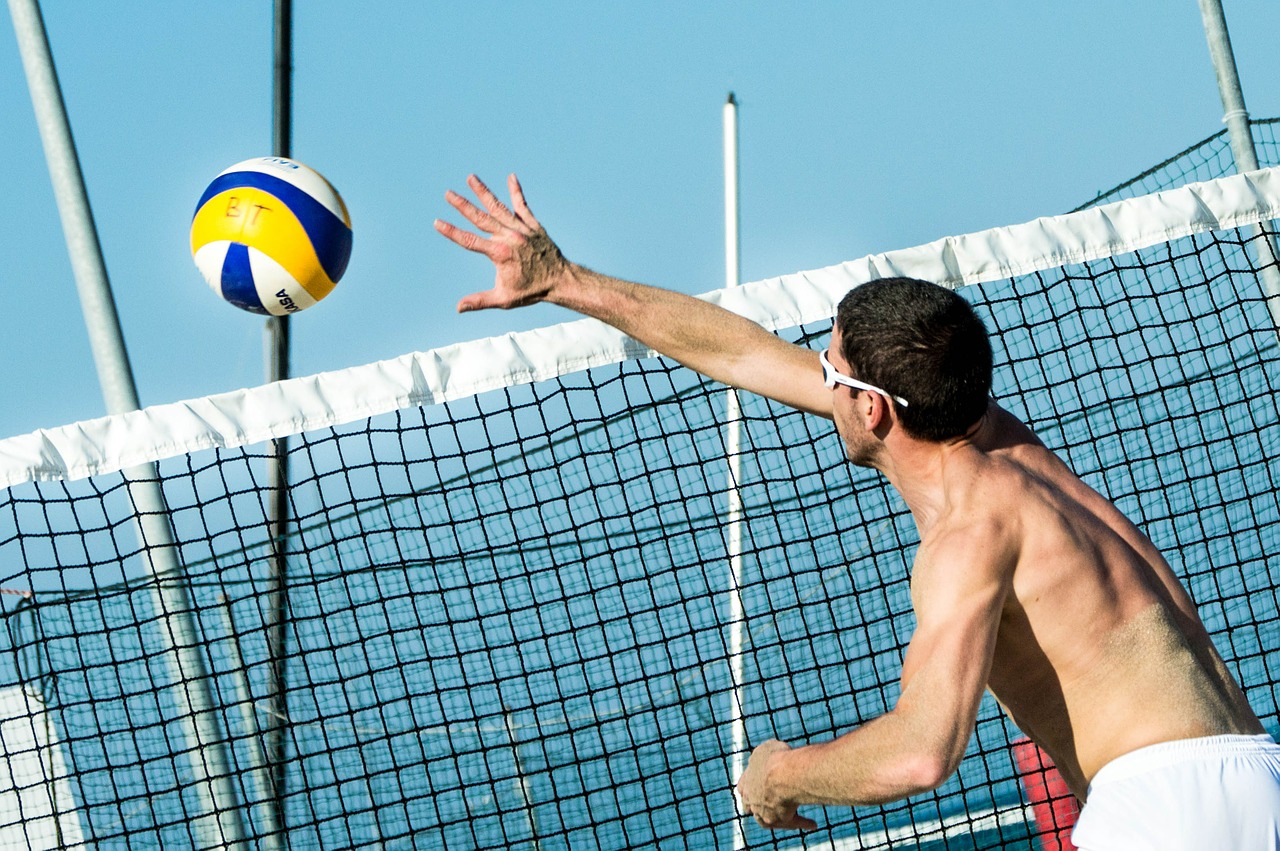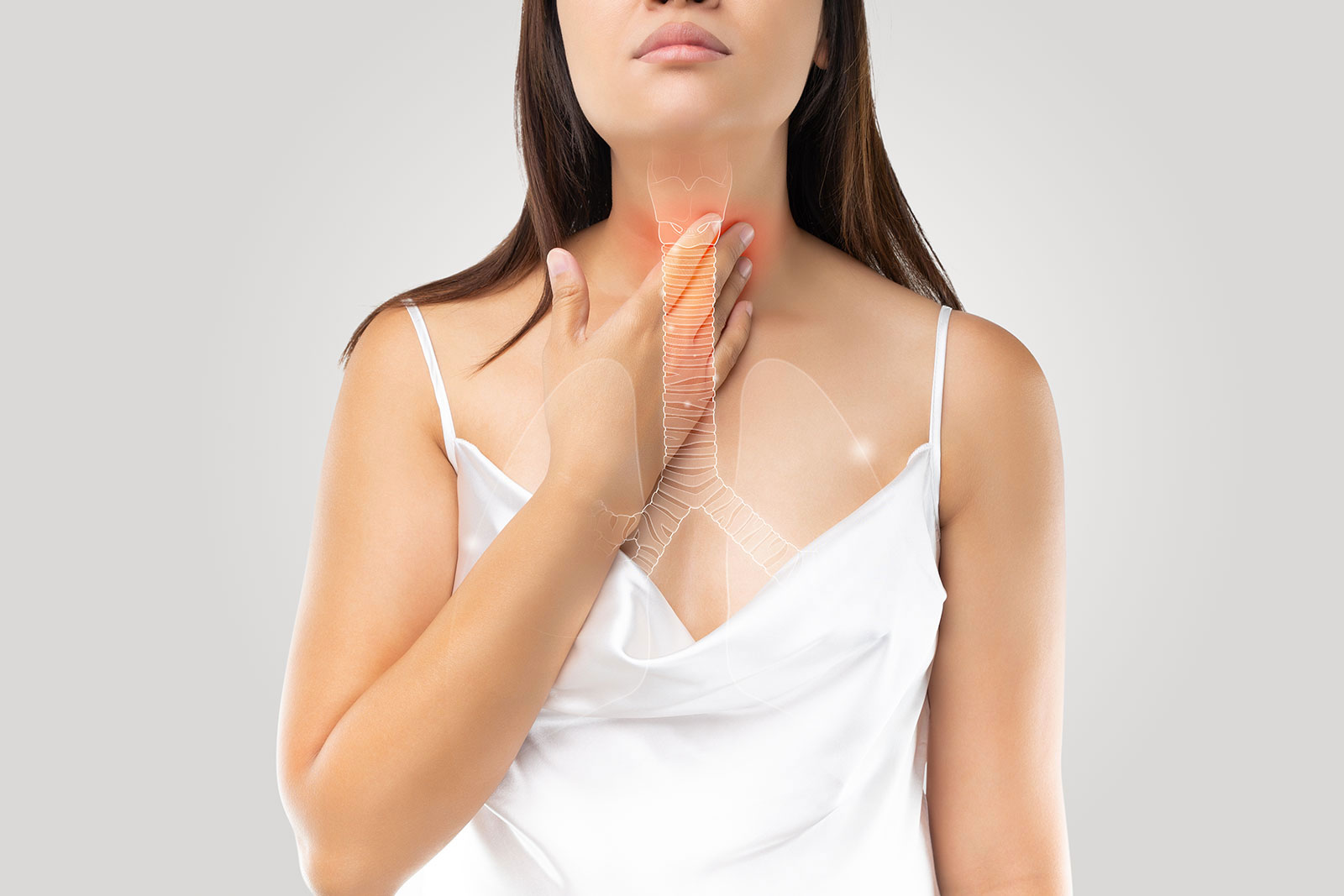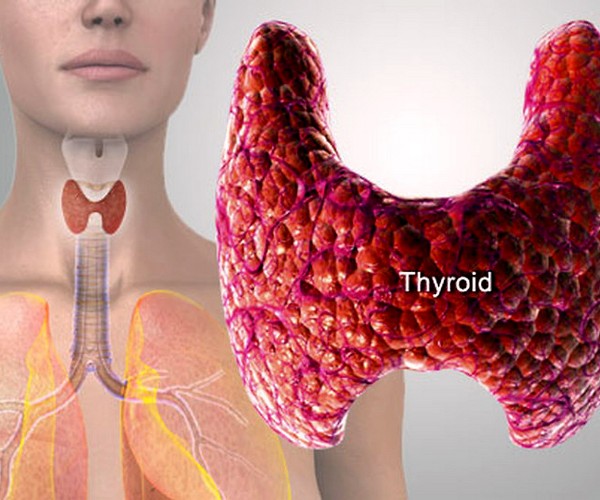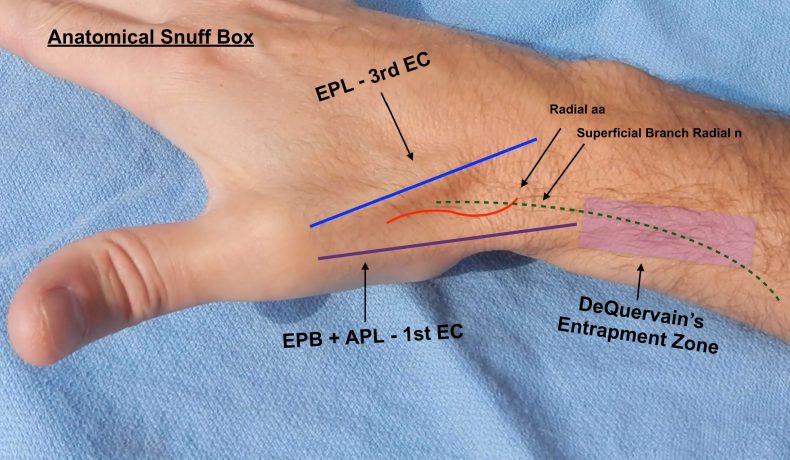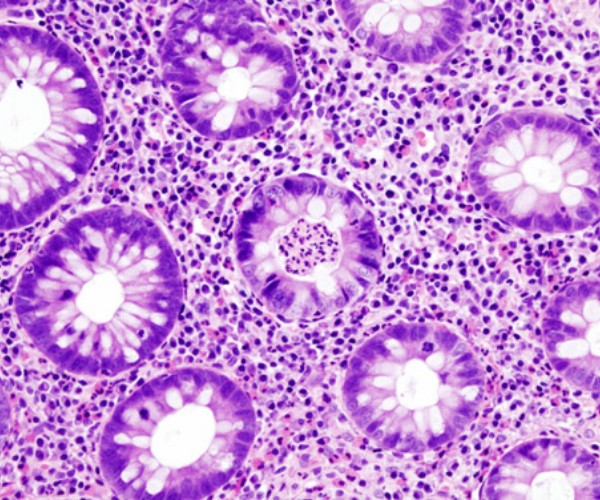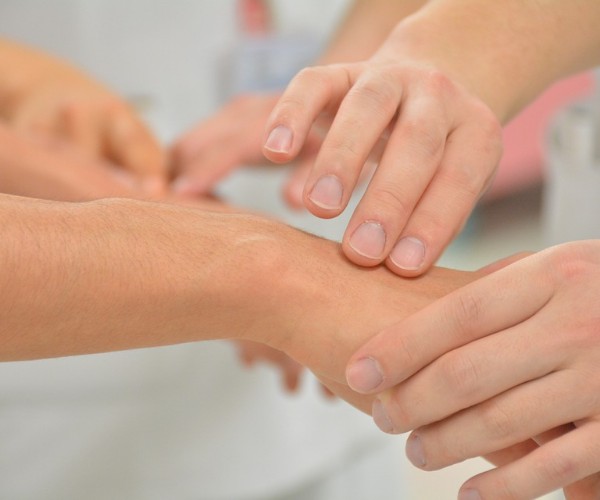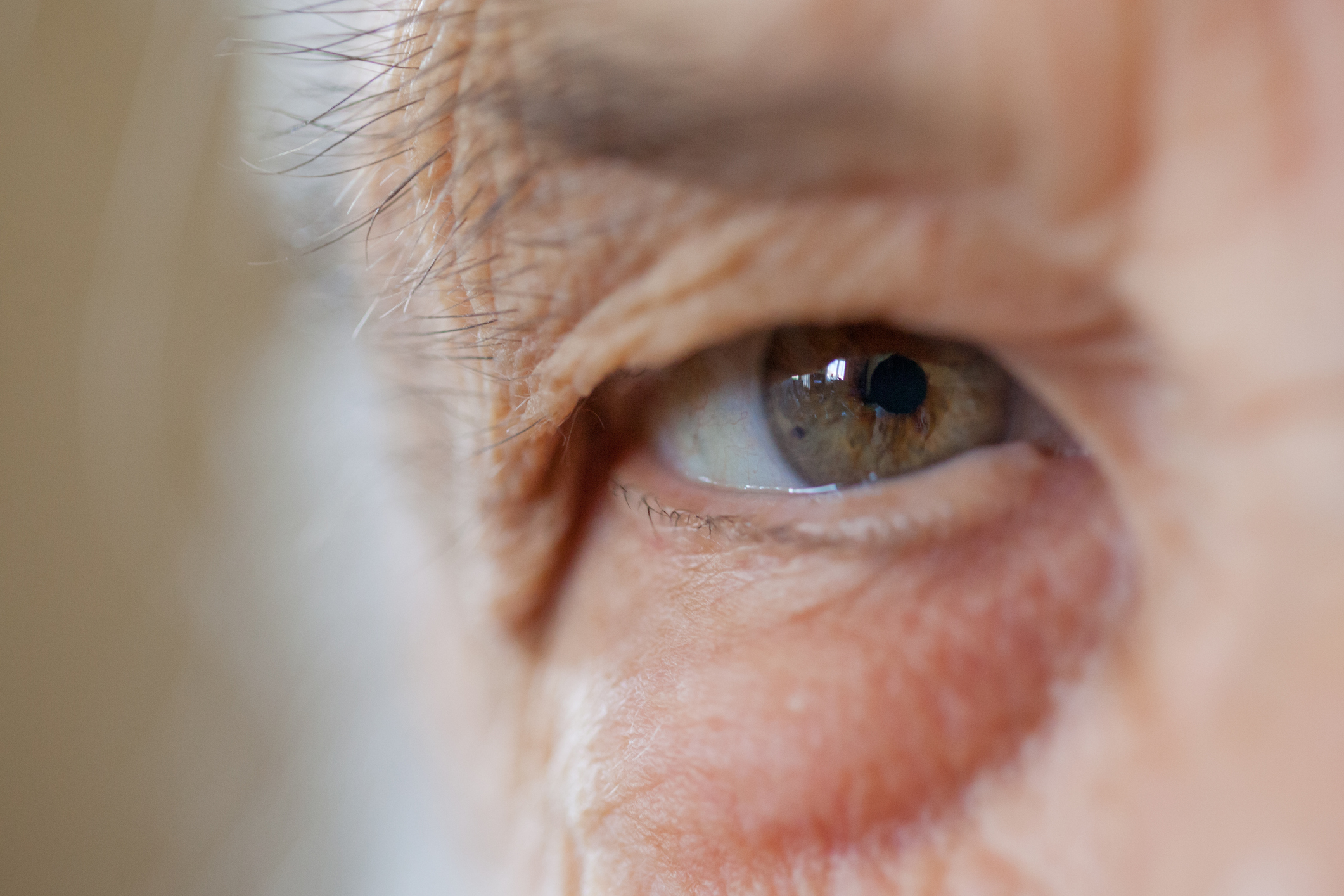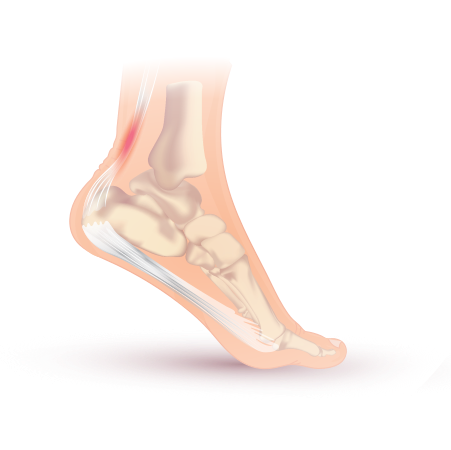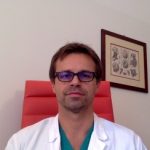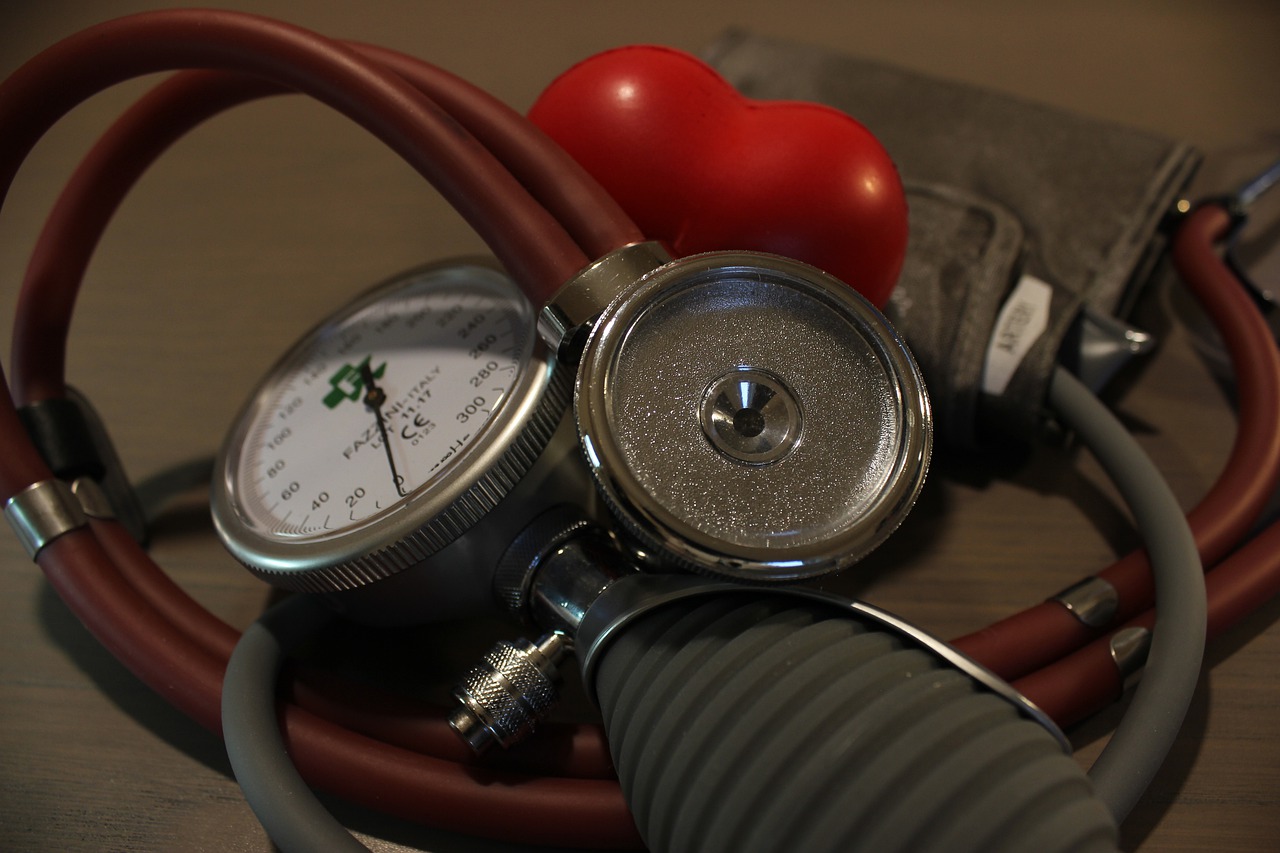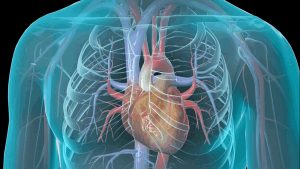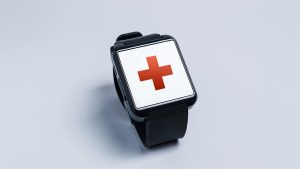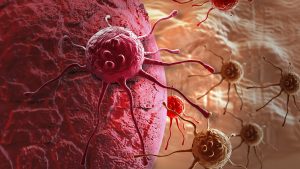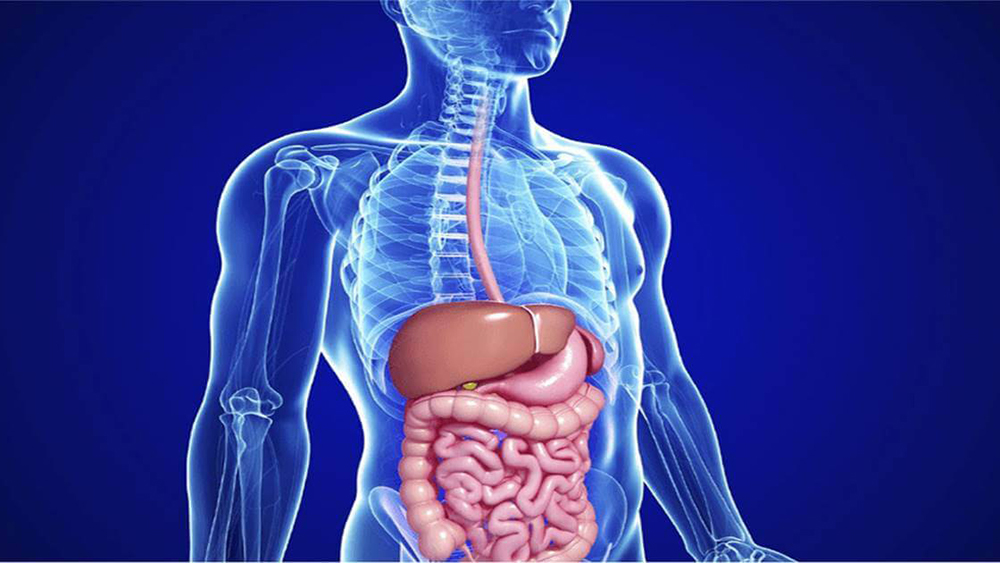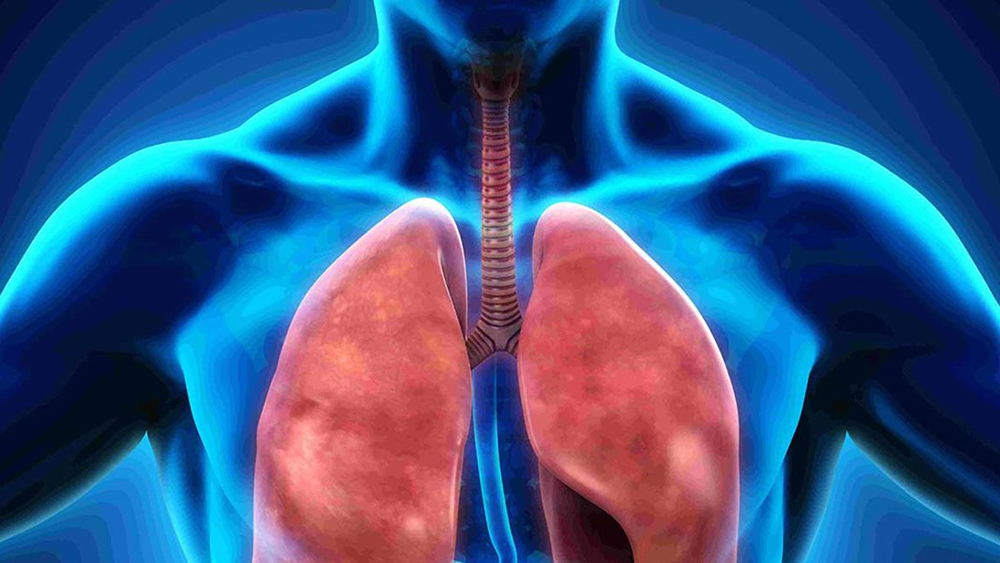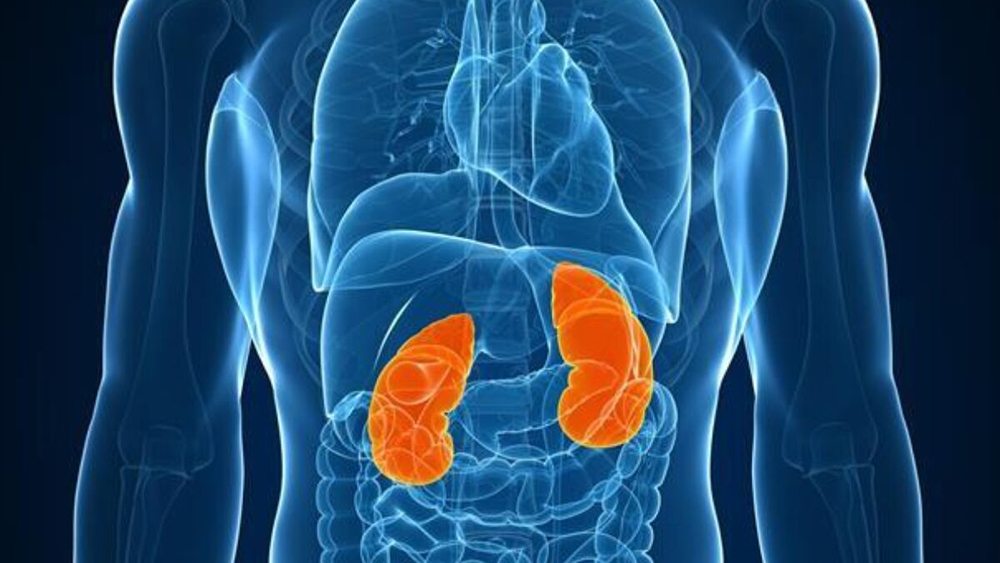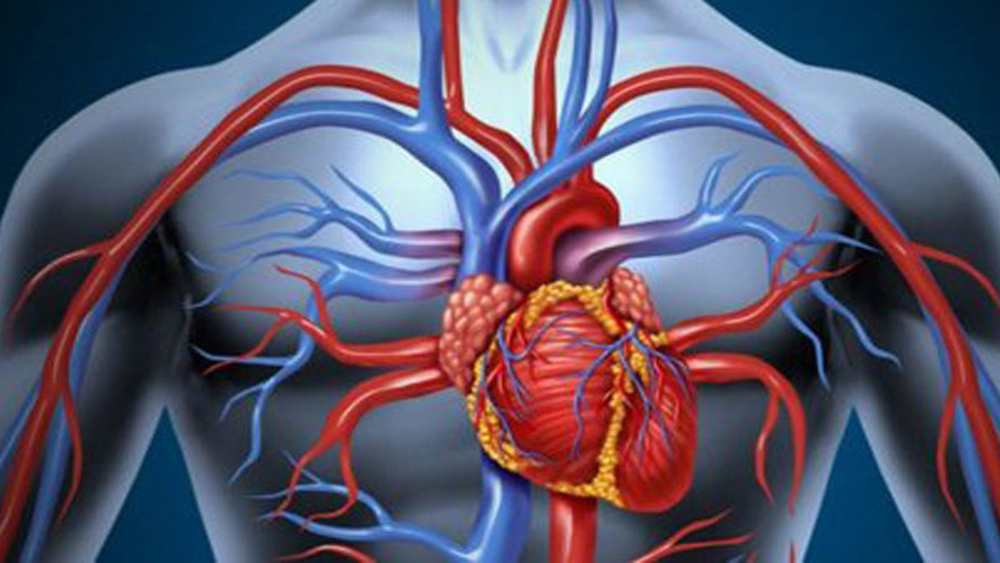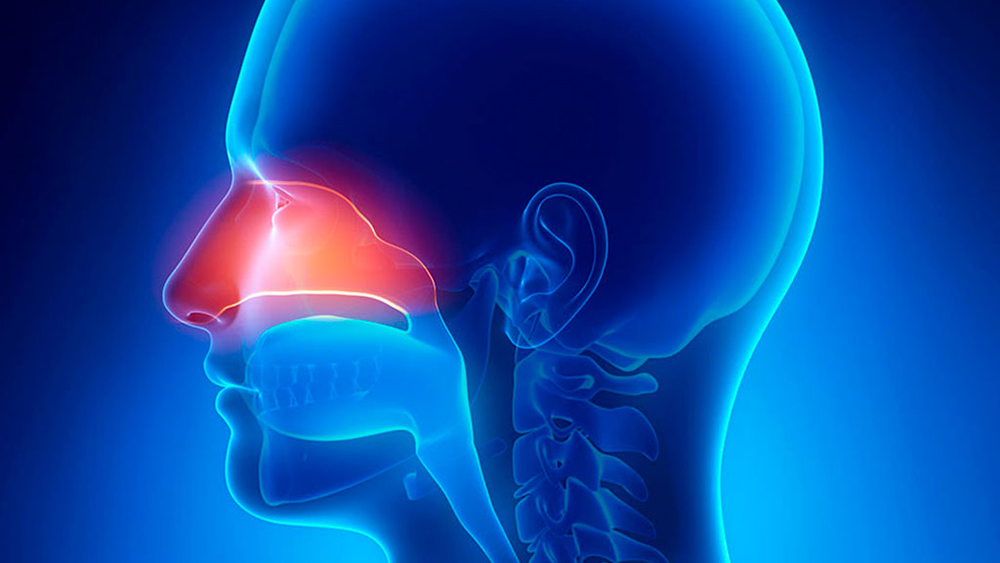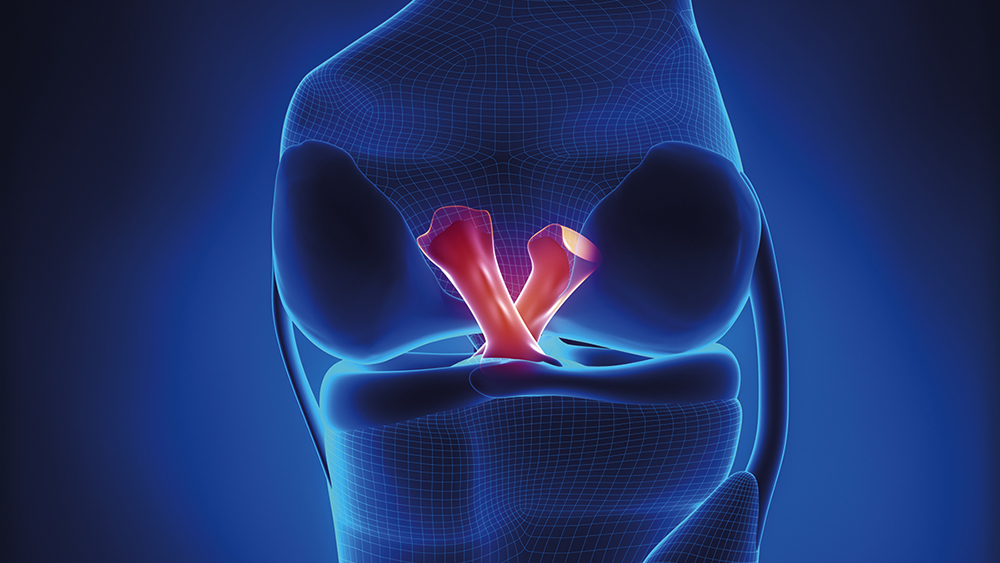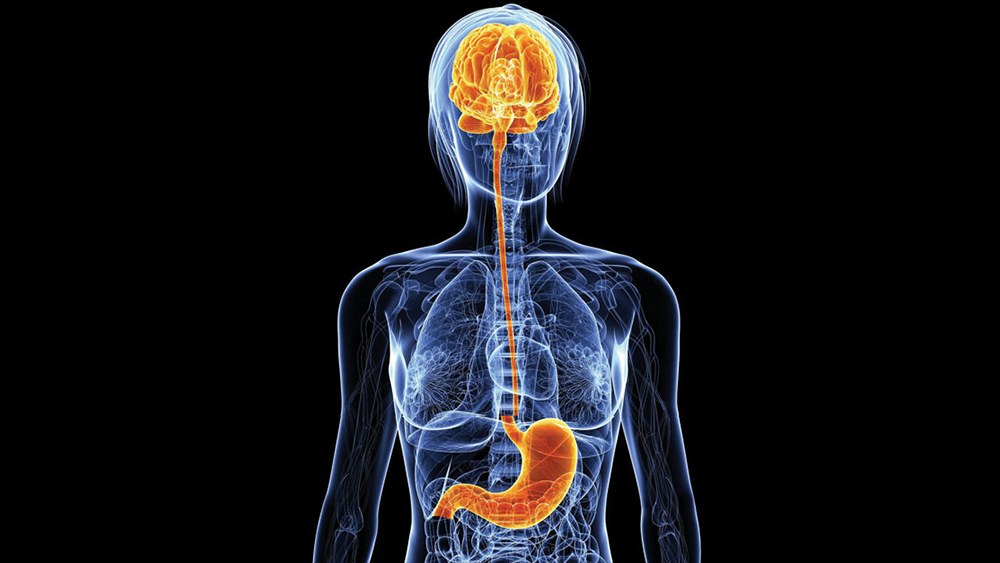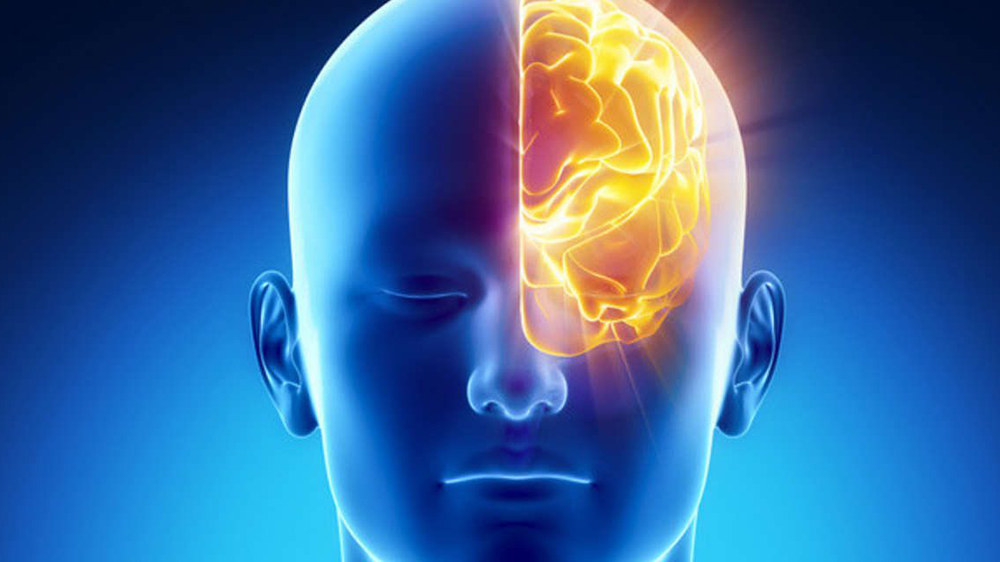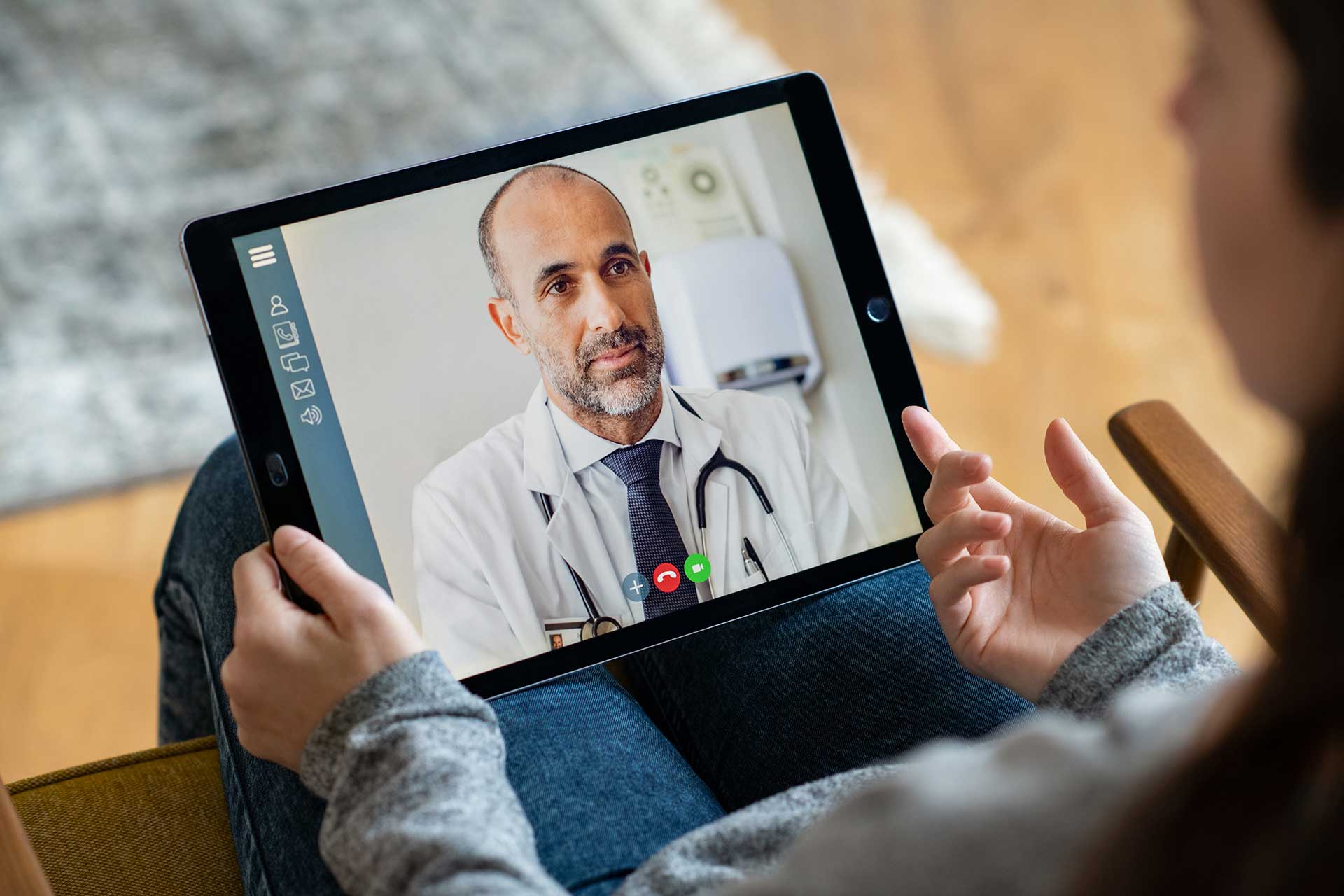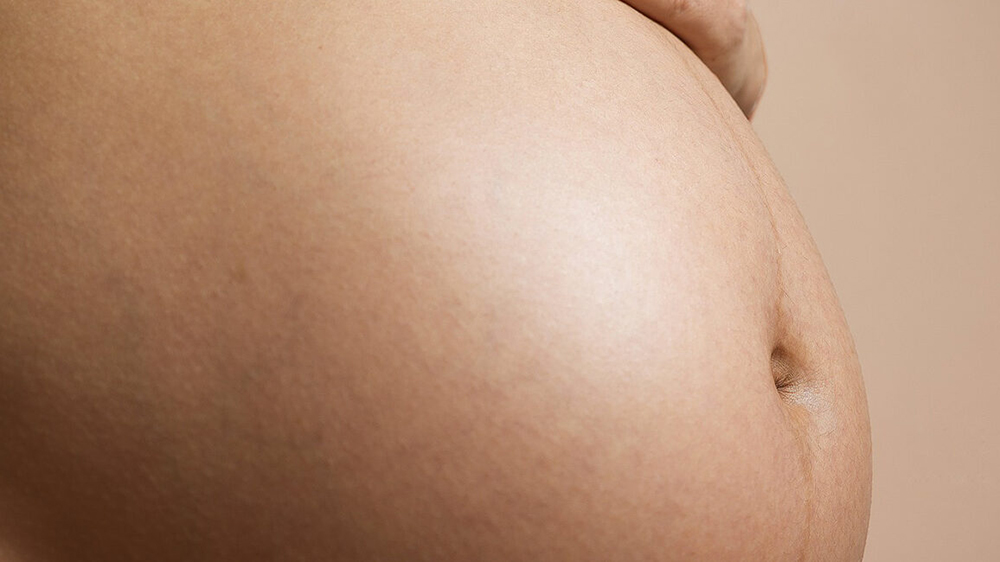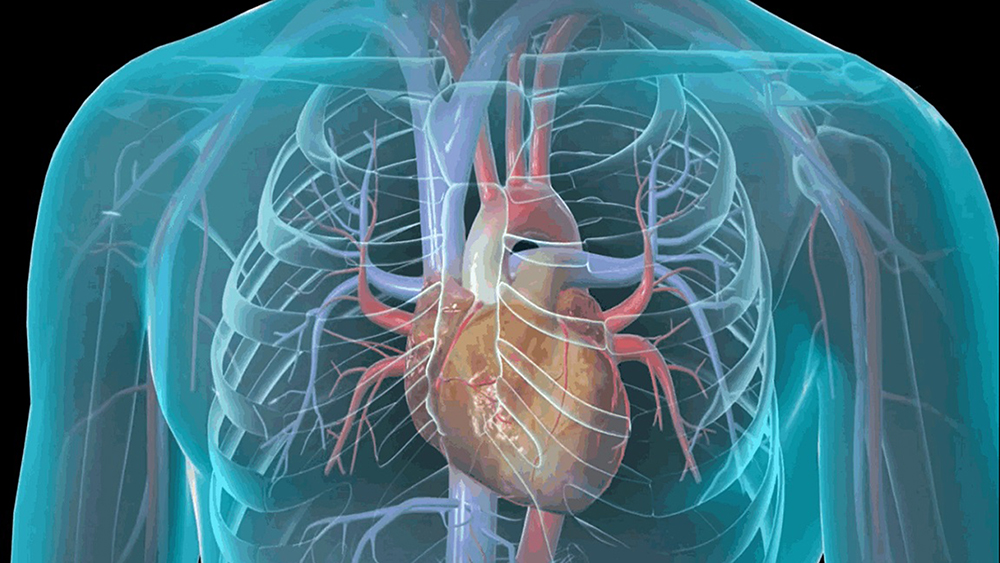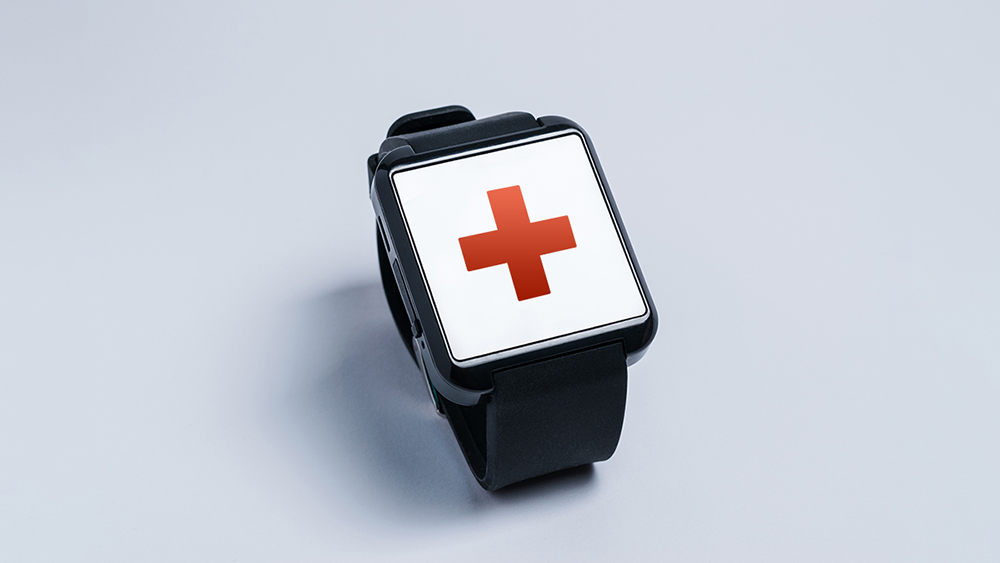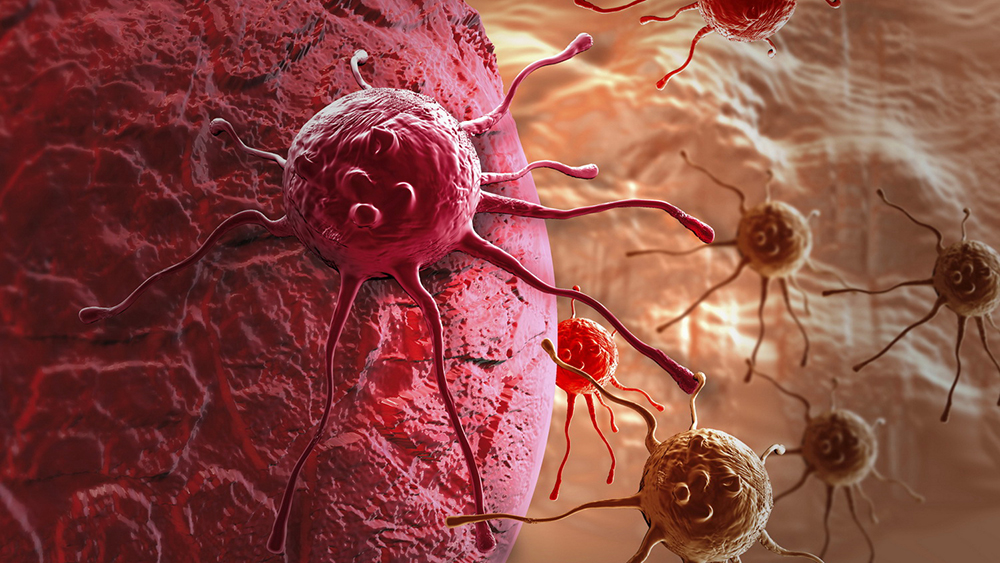All of us, when we are born, know well what is the right way to breathe. If we observed a small baby resting on the changing table, we would immediately notice that he breathes by moving his belly.
If we were to do, instead, a survey of adults, a kind of sample test, and ask them to take a deep breath, observing 99% of the respondents, we would notice that, in the action of breathing, they relentlessly move their chests and some also noticeably raise their shoulders. This makes us realize how, as we grow up, life, anxieties, stress, inhibitions and conditioning pollute us to such an extent that we “forget” the right way to perform an action that is so natural and innate to us.
J. Mayol was the one who introduced yogic-derived breathing techniques to apnea.
In the past, many freedivers and freediving fishermen-some, admittedly, still do, having never taken a freediving course-used to hyperventilate for a few minutes at the surface before exploring the abyss. Today no one with any theoretical knowledge about this discipline breathes in such a way anymore. In fact, it has been seen thathyperventilation does not increase oxygen levels in the blood at all, but instead lowers the level of carbon dioxide in it. This causes a delay in the diver’s perception of his or her “air hunger,” and this is why, at times, the bodies of fishermen have been found in the “waiting” position as death has occurred without their realizing it. Many of these tragedies could perhaps have been avoided, however, if the first rule of safety at sea, which applies especially to fishermen, who are, as a rule, solitary hunters and reluctant for company: use the pair system and never venture out alone.
Finally, hyperventilation, which is a forced breathing action, is also not conducive to relaxation and instead raises the heart rate, resulting in a huge expenditure of oxygen and energy.
Today we use diaphragmatic breathing, which allows us to fill the widest part of our lungs well, the lower part, and that is what young children naturally use. It is important to “feel” the action we take when we breathe and to be able to follow the path the air takes, from the moment we inhale until it reaches the lungs. Being aware of the action we take. Mindful breathing also helps to relax.






The diaphragm is the main muscle related to breathing. We could imagine it in the shape of an umbrella, the staff of which would represent our spine. When the umbrella is open, the diaphragm is up and we are exhaling; when it is closed, it is pulled down and we are, instead, inhaling. Smoothing the diaphragm and making it elastic is necessary to achieve beautiful full, wide and deep breaths.
You might first begin by visualizing only the upper part of the lungs, the thoracic part, and take a few breaths, lying comfortably on the floor and placing one hand on your chest and observing how it rises and falls with each act of breathing. Then you could visualize the breath only in the belly and perform the same operation. After that, take full breaths, following the belly-chest path in inhalation and chest-belly path in exhalation. It is obvious that you will get confused at first, but with practice you will prolong the duration of your breaths and the degree of relaxation with which you perform them, and you will begin to savor the benefits that come with it, apnea or not.
It is also a good idea to always keep in mind that in controlled breathing, exhalation should always be twice as much as inhalation. It means that if I count 1, 2 and 3 by inhaling, when I exhale I should count 1, 2, 3, 4, 5 and 6.
Finally, it is also possible to elasticize the rib cage, with ad hoc stretching exercises, taking into account that the last ribs, precisely those at the widest part of the lungs, are not fixed, but mobile: a flexible and elastic chest, allows the lungs to expand to the maximum
by Mariafelicia Carraturo
www.feliciacarraturo.it







